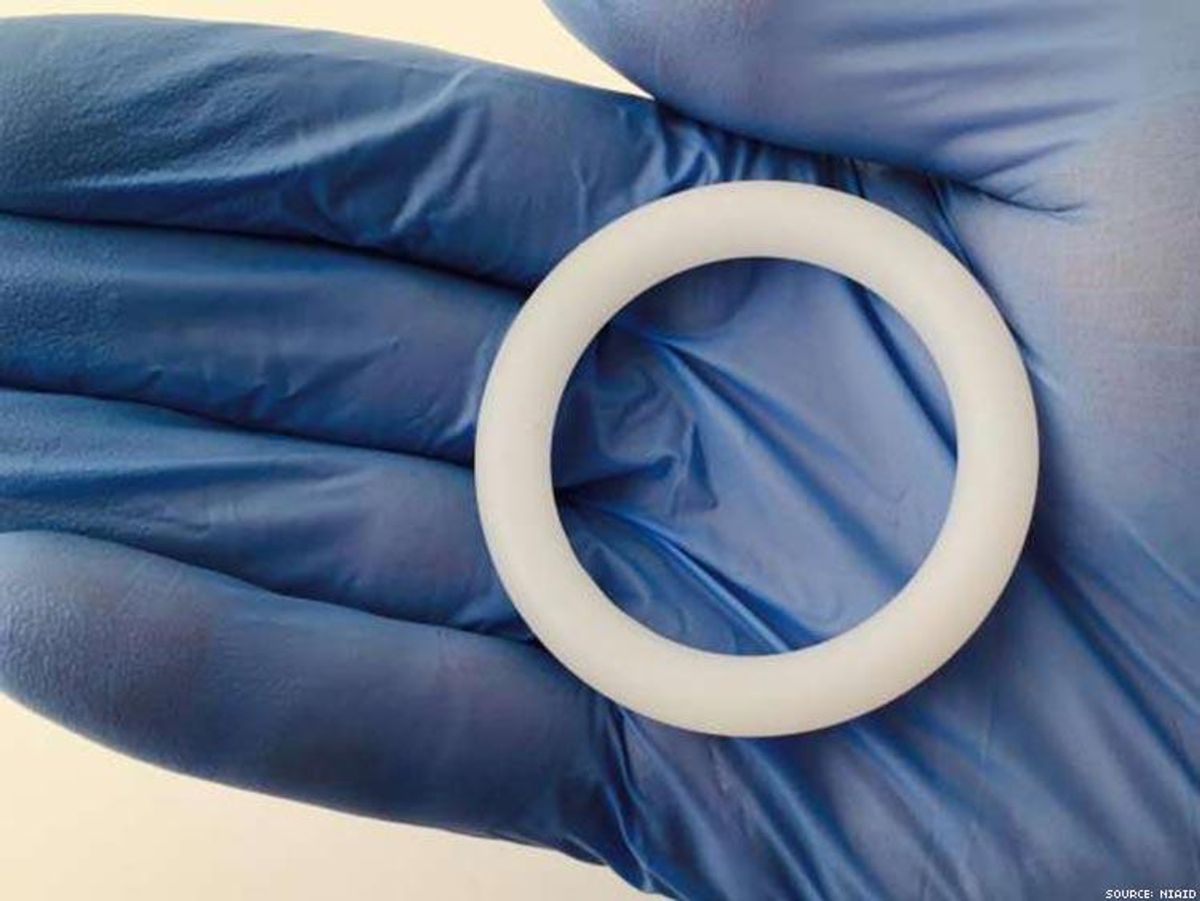Vaginal Rings Help Prevent HIV in Older Women, But Not Those Who Need It Most

Results from a study in four African countries prove disappointing, but researchers remain optimistic.
September 06 2016 11:51 AM EST
September 06 2016 12:00 PM EST
By continuing to use our site, you agree to our Private Policy and Terms of Use.

Results from a study in four African countries prove disappointing, but researchers remain optimistic.
The 21st International AIDS Conference in Durban, South Africa revealed an updated report from the ASPIRE study (A Study to Prevent Infection with a Ring for Extended Use), which was conducted in four African countries. Researchers concluded that while the vaginal ring reduced HIV transmission by 56% in women between the ages of 22 and 26, and 51% for women over the age of 27, it had zero effectiveness for women between 18 and 21 — who also have the highest rates of HIV infection.
Overall, HIV infections were reduced by only 27% among the 2,628 women who participated in the study, according AIDS Map. During the course of research, 168 new HIV infections occurred among participants, which means a little over one-fourth of infections were prevented that might otherwise have happened.
But Elizabeth Brown from the University of Washington argued that perhaps some participants weren’t adherent to using the ring on a daily basis, which is what it’s designed to do.
The ring itself contains 25mg of dapivirine, an anti-HIV drug. If worn for a full month, it should have at least 20 to 21mg remaining. It’s safe to say that if there is more than 23.5 mg, it has not been worn properly or has only been inserted before a clinical visit.
During periods of time when non-adherence represented 33% of follow-up patients, there was hardly a significant reduction in HIV transmission. But when a medium to high adherence represented 42% of follow-ups, the rings showed to reduce HIV infections by 65%, when compared to placebo.
The study isn't the first of its kind to administer a use of a vaginal ring. Like other rings, it is used similarly to a contraception ring, and is designed to be worn one month at a time. The user can insert/remove it themselves at any time. When used correctly, AIDS Map analyzed it to be 75 to 92% effective among women.
“Across multiple analyses, there is a statistically significant relationship between ring use and HIV protection,” researchers said. “These analyses provide evidence suggesting a dose-response relationship between ring use and HIV acquisition.”